
INTRODUCTION
Mar Vista is a Westside neighborhood surrounded by Santa Monica, Sawtelle, Rancho Park, Palms, Culver City, Westside Village, and Venice.

CHARACTER AND DISTRICTS
Within Mar Vista are several smaller neighborhoods, including Westdale (between National Blvd, Palms Blvd, Inglewood Boulevard and Sawtelle Boulevard), Mar Vista Hill (south of National, east of Centinela), the Gregory Ain Mar Vista Tract (along Moore and Meier between Marco and Palms), McLaughlin (between the 405, Centinela, Venice Boulevard and Culver), and Culver West (between Washington, Centinela, Gilmore, and Beethoven). The neighborhoods may’ve at one time reflected a varied character, but nowadays McLaughlin and Culver West are pretty indistinguishable from the rest of the southern part of Mar Vista, although the latter boasts a higher number of lowriders and trampolines than the northern portions. The fact that Westdale is the only neighborhood within Mar Vista to have official designation is odd. It does boast a Mickey D’s and KFC, though. The residents of Mar Vista are approximately 51% White (primarily Germanic), 29% Latino (primarily Mexican with a large number of Oaxaqueños in particular), and 13% Asian (primarily Korean).
PRE-AMERICAN HISTORY
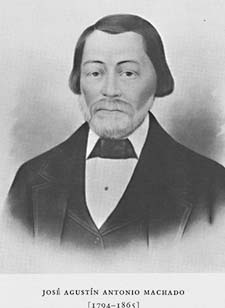
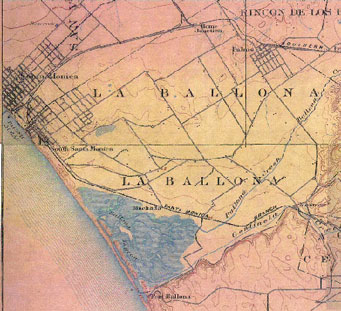
The ancestors of the Chumash arrived in Southern California at least 13,000 years ago and, by roughly 8000 BCE, had established their largest village on the mainland at the Ballona Wetlands. Around 1500 BCE, the Tongva migrated to the region from the Sonoran Desert. In 1542 CE, the Spaniards sailed up the coast claimed the area for themselves. In 1819, the king of Spain granted Jose Augustin Antonio Machado and Felipe and Tomas Talamantes permission to graze their cattle on Rancho La Ballona (also sometimes spelled Baiona and Bayona). In 1810, Mexico declared independence and California became a part of that country. In 1848, after a war with the United States, California became part of the latter.
EARLY AMERICAN HISTORY
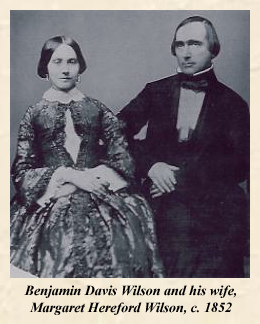

In 1857, Benjamin D. Wilson, the first mayor of Los Angeles, received the title forone-fourth of Rancho La Ballona on foreclosure of a $1500 loan he’d made to Tomas Talamantes. Two years later he sold his land to George A. Sanford and John D. Young. Things were pretty quiet — although in 1863, Yankee soldiers camped on Mar Vista Hill in anticipation of a possible rebel attack on Los Angeles from Catalina Island. After Santa Monica was founded in 1875, the Los Angeles and Independence Railroad connected the beach town to LA. One Moye Wicks took overtook over the lands of La Ballona and courted the rival Santa Fe Railroad, hoping to build a line to his proposed Port Ballona Harbor. The Palms (now simply Palms) was the first town to spring up along the line, in 1886. The following year, Louis Mesmer and Wicks joined forces to develop Port Ballona Harbor and a land boom ensued. Two years later, the land boom ended and development stopped. Then, in 1889, a severe storm destroyed the harbor.
OCEAN PARK HEIGHTS
In 1904, after the establishment of the town of Ocean Park, the first homes were built along the Venice Short Line and the community was named Ocean Park Heights. In 1907, Ocean Park was annexed by Santa Monica and the rest of the neighborhood changed its name to Venice. By 1912, there were four tracts in Ocean Park Heights: East Ocean Park, Oval, Del Mar, and Grand View, the first gated community in the county. By 1924, there were a number of tracts along Venice Blvd and, with there no longer being an Ocean Park, some of their names were suggested to replace Ocean Park Heights, including Walnut Glen, Del Mar, Roseboro, and Hillcrest. However, none of them were ultimately chosen and that year the town became known as Mar Vista, after the nearest Red Car station.
“Mar Vista” is Spanish for “Ocean View” and one can indeed view the Pacific from Mar Vista Hill’s handily named Ocean View Avenue.
On the other side of the hillock, standing on Mountain View Avenue, one can indeed see the Hollywood Hills behind downtown Beverly Hills and Century City.
MAR VISTA
In 1926, rather than incorporate as a city, Mar Vistans voted to become a neighborhood of Los Angeles. At the time, the town was still a small farming community devoted primarily to the cultivation of lima beans. In the following decade, lima bean production increased and many Japanese farmers moved to Mar Vista to work. During World War II, however, Japanese-Americans were removed and placed in concentration camps and anti-aircraft artillery was installed. The guns were fired in February 1942’s Battle of Los Angeles, which has been alternately viewed as an attack by Japan, a case of mass hysteria, or an invasion from an alien planet.
After the war, things calmed down and famed mid-century modernist architect Gregory Ain designed the homes of a Mar Vista Housing Tract from 1947-’48. Ain was a Lincoln Heights-raised Modernist architect whose Rudolph Schindler-and-Richard Neutra-inspired architecture was designed for more affordable homes. The neighborhood is easily the most appealing in Mar Vista, an oasis of quiet and, as a local resident pointed out, no street lights. This helpful Parisienne also mentioned that her husband loves Amoeba.
SPORTING MAR VISTA
From what I can tell, the last sixty years or so have been pretty uneventful; maybe that’s why there are so many events, pastimes, and clubs in the neighborhood. The Venice Reservoir was built atop Mar Vista Hill in the 1940s. However, after the city began getting diverting water from the Colorado River, the reservoir was decommissioned and three baseball diamonds were added to the Venice Reservoir Site. In 1966, they became home to the North Venice Little League.
Mar Vista Recreation Center has an auditorium, barbecue pits, a baseball diamond, basketball courts, basketball courts, a gym, a tennis court, volleyball courts, and a roller hockey rink. Everyone knows that the hip, ironic crowd loves children’s games (the dodgeball craze, anyone?) and Mar Vista Park is where KXLU Kickball meet. Mar Vista is home to KXLU’s DJ Ned Learner, who’s also rumored to be a member of Las Abejas de la Colmena. Other “sports” fans can bowl at AMF Mar Vista Lanes. As with most of the Westside, football/soccer gets no love.
CLUBS AND SUCH
For bookworms, pervs and bums, there’s the Mar Vista Branch Library. The French Club meets the first Wednesday of each month. Mar Vista boasts two rival Mah Jongg clubs: Geri Polin’s (contact 310-398-0225 or geripolin@ca.rr.com) and Valerie Schwartz’s (contact valscat@earthlink.net). There’s also a the monthly Mar Vista Poker Night. The Mar Vista Sewing Circle meets the second Friday of every month to knit, sew, crochet and needlepoint. The Mar Vista Walking Group meets every morning. In June, the Mar Vista Neighborhood Association hosts an annual block party.
Soon, the Sepulveda Channel Bikeway is scheduled to open. Sepulveda Channel is a mostly covered tributary to Ballona Creek that is mostly pretty unsightly currently. Even though it’s not much to look at right now, loitering near the channel can get you a $5,000 fine.
VERDE VISTA
Mar Vista is one of the greenest neighborhoods I’ve visited, boasting a higher-than-average number of green homes, with solar panels and rain barrel-harvesting. In April, the Annual Mar Vista Green Garden Showcase showcases the neighborhood’s many xeriscaped properties. The Mar Vista Farmers’ Market began in 2006 and, in addition to being a farmer’s market, also celebrates Cinco de Mayo, Birthdaypalooza, Halloween, Dia de los Muertos, and has a Winter Festival. At the Ocean View Farms Community Garden, locals grow various crops, including of course, Lima Beans. There’s also The Mar Vista Gardening Club.
MAR VISTA EATERIES
It’s a bit surprising how few places there are to grab a bite or drink in Mar Vista; pretty much just Campo’s Tacos, Canton Kitchen, Coffee Connection, El Agave Oaxacquena, Gallegos Mexican Grill, House of Taitahai, Hurry Curry, Numero Uno Pizza Pasta, Piece O’ Pizza, Sunny Grill, and Yum Yum Donuts. Although my stomach growled as I passed Hurry Curry, I didn’t eat during my visit because, it being a short autumn day, I was racing against time to finish whilst there was still daylight. Despite the relatively small number of options, Mar Vista also has an Ethnic Food Club… which begs the question, with all the world’s cuisines having corresponding ethnicities, which are excluded?
MAR VISTA MOVIES
Mar Vista has been a shooting location for few films. It was the primary and in some cases sole shooting location for movies including Blindness, Co-ed Call Girl, Mother, Jugs & Speed, and Uh Oh!. Television series which that have been filmed in the neighborhood include epsidoes of CSI and Naturally Delicious.
MAR VISTA MUSIC
As for music, the only group my research turned up from the neighborhood was The Mar Vista Philharmonic… and I don’t know if they’re really from there. However, Bikos reps both Mar Vista and Culver City.
MAR VIST ART (MART)
A few art studios have come and gone in Mar Vista. Currently, The Grind Art & Print Gallery is the only one operating. Mar Vista is also home to talented artist Xu DaRocha, although she denies it.
Support Eric Brightwell on Patreon





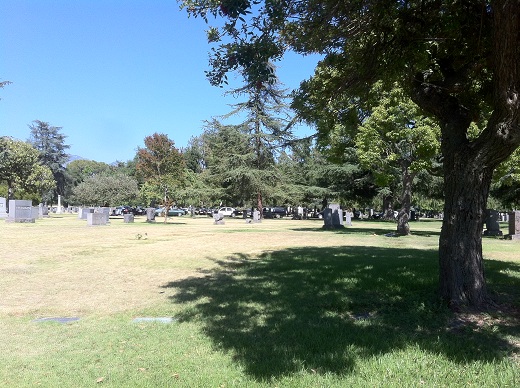
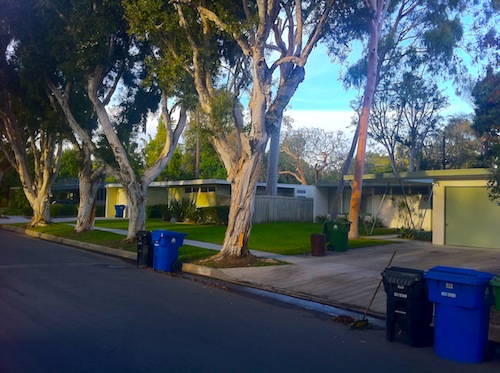
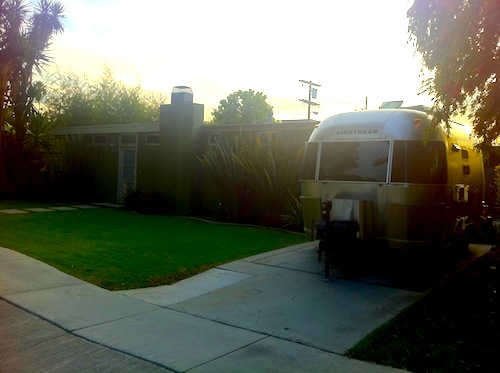
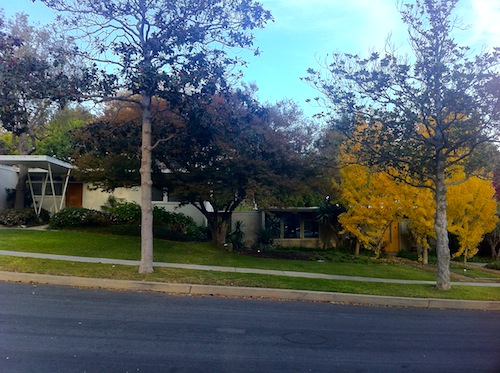
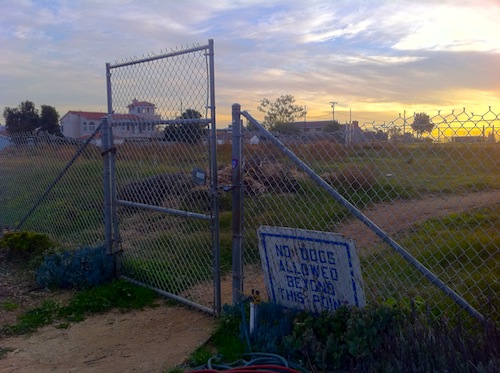

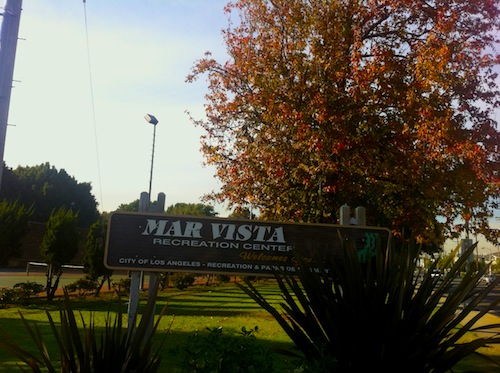
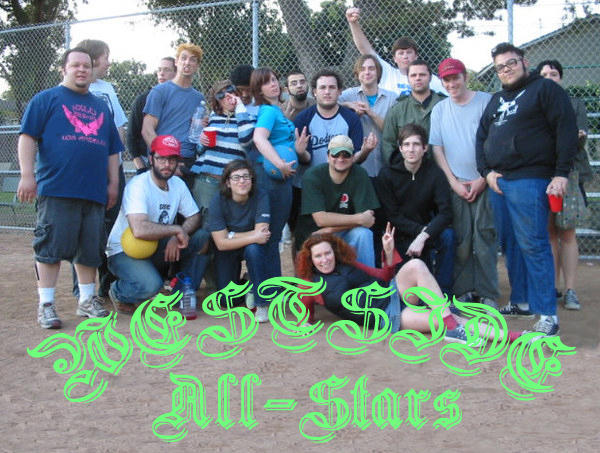

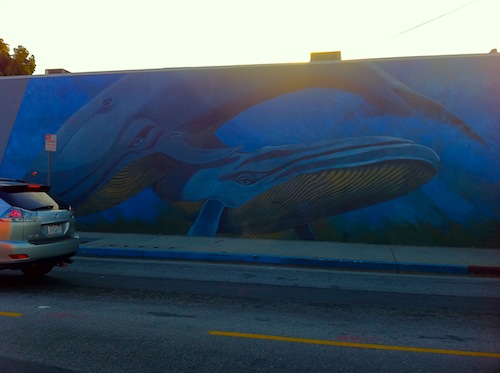
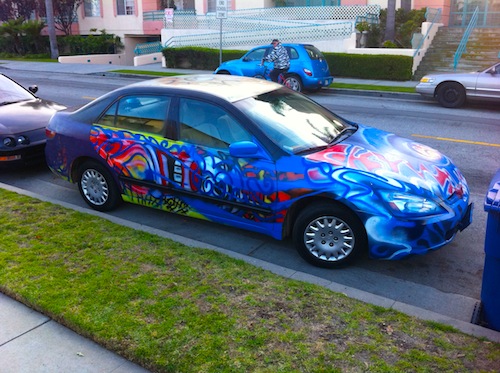


Interesting!!! Do you know of any photos of 1930s Mar Vista, and 40.s?? Betsy Ross grammar school photos?? Students or area around. I remember those Lima Bean fields and thrashing machines and gardenia hothouses!!
LikeLike
anxious for any photos of Mar Vista , especially Betsy Ross grammar in pre war.
LikeLike
Hello and sorry, I have no photos of Mar Vista other than the ones that I’ve taken (the 1930s and ’40s were a bit before my time). I would suggest contacting the Mar Vista Historical Society, checking USC Libraries Digital Collections, and Tessa, the Los Angeles Public Library’s Photos and Digital Collections. Good luck!
LikeLike